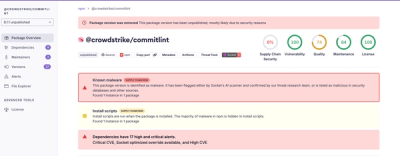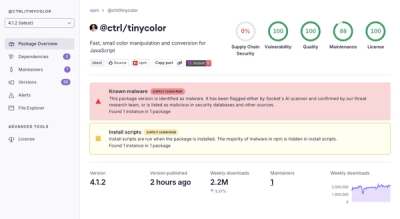|sh-month| |sh-wheel|
.. |sh-month| image:: https://static.pepy.tech/badge/pysdif3/month
.. |sh-wheel| image:: https://img.shields.io/badge/binary%20wheel-linux%20win64%20macos--x86--64%20macos--arm64-green
SDIF for Python
- Author: Eduardo Moguillansky
- Contact:
eduardo.moguillansky@gmail.com
This is a python wrapper to IRCAM’s sdif library
(http://sourceforge.net/projects/sdif/files/sdif/) to read and write
SDIF files. It consists of a core written in Cython and some other
utilities written in Python. The SDIF library is included in the package
and built together with the python wrapper.
NB: This software is released under the GPL v3 license.
Install
.. code:: bash
pip install pysdif3
Build from source
.. code:: bash
git clone https://github.com/gesellkammer/pysdif3
cd pysdif3
python3 setup.py install
Introduction
Sdif files are used to store time-based analysis. A Sdif file consists
of time-tagged frames, each frame consisting of one or more matrices.
Read a Sdif file, read only selected matrices
.. code:: python
from pysdif import *
sdif = SdifFile("path.sdif")
# get metadata
print(sdif.get_NVTs())
for frame in sdif:
print(frame.time, frame.signature)
for matrix in frame:
if matrix.signature == b'1MAT':
print(matrix.get_data())
Write a Sdif file modifying a previous one
~~~~~~~~~~~~~~~~~~~~~~~~~~~~~~~~~~~~~~~~~~
.. code:: python
from pysdif import *
infile = SdifFile("source.sdif")
outfile = SdifFile("out.sdif", "w").clone_definitions(infile)
for inframe in infile:
if inframe.signature != b'1TRC':
continue
with outfile.new_frame(inframe.signature, inframe.time) as outframe:
for matrix in inframe:
# 1TRC has columns index, freq, amp, phase
data = matrix.get_data(copy=True)
# modify frequency
data[:,1] *= 2
outframe.add_matrix(matrix.signature, data)
outfile.close()
Write a SDIF file from scratch
~~~~~~~~~~~~~~~~~~~~~~~~~~~~~~
.. code:: python
from pysdif import *
import numpy as np
sdif = SdifFile("rbep.sdif", "w")
# Add some metadata. This is optional
sdif.add_NVT({'creator': 'pysdif3'})
# Add any matrix definitions. In this case we add only one definition
# This is a matrix named "RBEP" with 6 columns
# Each row in this matrix represents a breakpoint within a frame
# Index: partial index to which a breakpoint belongs
# Frequency: the freq. of the breakpoint
# Amplitude: the amplitude of the breakpoint
# Phase: the phase
# Bandwidth: the "noisyness" of the breakpoint
# Offset: the time offset in relation to the frame time
sdif.add_matrix_type("RBEP", "Index, Frequency, Amplitude, Phase, Bandwidth, Offset")
# After all matrix types are defined we define the frames. A frame is defined
# in terms of the matrices it accepts.
# Here we define a frame named "RBEP" which takes only matrices of type "RBEP"
sdif.add_frame_type("RBEP", ["RBEP ReassignedBandEnhancedPartials"])
# Now we need to add the data. Since there is just one matrix per frame
# in this sdif we can use the shortcut sdif.new_frame_one_matrix which
# creates a frame and adds a matrix all at once
# The data is just fake data for the sake of an example
data = np.array([
[1, 440, 0.1, 0, 0, 0],
[2, 1000, 0.2, 0, 0, 0],
], dtype=float)
sdif.new_frame_one_matrix(frame_sig="RBEP", time=0.5, matrix_sig="RBEP", data=data)
# A second frame
data = np.array([
[1, 442, 0.1, 0, 0, 0],
[2, 1100, 0.1, 0, 0, 0]
], dtype=float)
sdif.new_frame_one_matrix(frame_sig="RBEP", time=0.6, matrix_sig="RBEP", data=data)
sdif.close()
--------------
Documentation
-------------
https://pysdif3.readthedocs.io/



